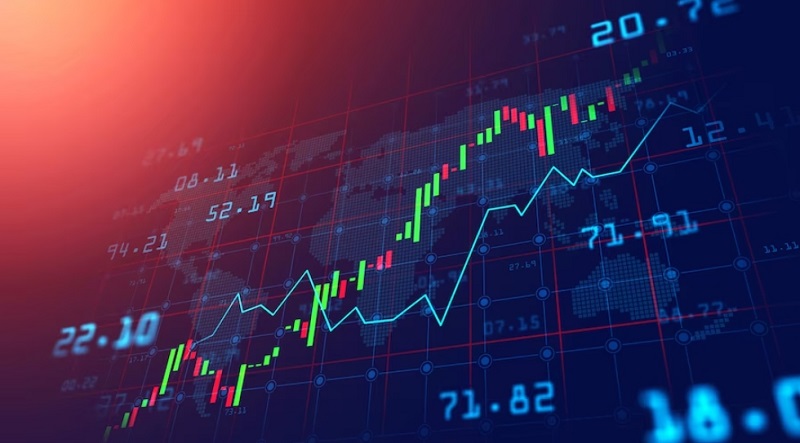Cryptocurrency trading has become an exciting and lucrative arena that offers many opportunities. It is crucial for anyone looking to venture into crypto trading to understand the basics of this digital asset realm. Cryptocurrencies operate on decentralized networks that use blockchain technology, ensuring transparency, security, and decentralization.
Various online platforms, such as Bitcoin and Ethereum, facilitate the exchange of digital assets, creating a dynamic marketplace. This guide offers a comprehensive introduction to cryptocurrency trading for beginners and experienced investors.
Significance of Trading in the Crypto Market
The trading landscape within the cryptocurrency realm is instrumental in driving market movements, shaping trends, and offering avenues for profit generation. Cryptocurrency trading allows individuals to capitalize on price fluctuations and market volatility.
Getting Started in Cryptocurrency Trading
For beginners, stepping into the crypto domain might seem daunting. However, with the right approach and resources, entering this realm becomes accessible and rewarding.
Steps for Beginners to Enter the Crypto World
- Educate Yourself: Acquire knowledge about different cryptocurrencies, blockchain technology, and trading strategies.
- Select a Reliable Platform: Choose a reputable crypto trading platform that aligns with your goals and preferences.
- Practice Caution: Start with small investments and familiarize yourself with the market dynamics before diving in.
- Stay Updated: Keep abreast of market trends, news, and developments within the crypto sphere.
Essential Knowledge and Resources Required
Understanding concepts like wallets, exchanges, market analysis, and risk management is essential. Additionally, utilizing reliable sources for market insights and staying informed about regulatory changes ensures a well-rounded approach to trading.
Best Platforms for Crypto Trading
The choice of a trading platform significantly impacts one’s experience in the crypto market. Several platforms cater to diverse needs and preferences, offering unique features and functionalities.
Comparison of Popular Crypto Trading Platforms
- Platform A: Known for its user-friendly interface and diverse coin offerings.
- Platform B: Emphasizes security measures and provides advanced trading tools.
- Platform C: Focused on low fees and high liquidity, suitable for professional traders.
Features and Benefits of Each Platform
Analyzing factors like security protocols, user interface, transaction fees, supported cryptocurrencies, and customer support assists in selecting the most suitable platform.

Ensuring Safety in Crypto Trading
Safety remains a paramount concern in cryptocurrency due to the prevalence of cyber threats and scams. Implementing robust safety measures is imperative for safeguarding investments.
Importance of Safety Measures in the Crypto Market
Securing assets through two-factor authentication, cold storage, and verifying platform credibility minimizes the risks associated with hacking and fraudulent activities.
Safest Practices and Platforms for Trading
Identifying platforms with stringent security protocols and adopting best practices in managing private keys and passwords ensures a secure trading environment.
Insights for Crypto Investments
Investing in cryptocurrencies demands a nuanced understanding of market dynamics, risk assessment, and long-term vision.
Understanding the Investment Dynamics in Cryptocurrency
Market volatility, technological advancements, regulatory changes, and global events influence crypto prices and investment outcomes.
Factors Influencing Crypto Investment Decisions
Balancing risk and reward, diversifying investment portfolios, and conducting thorough research are crucial for making informed investment decisions in crypto.
Navigating the intricate landscape of cryptocurrency trading and investment necessitates a blend of knowledge, caution, and adaptability. By grasping the essentials and employing best practices, individuals can harness the potential of this dynamic market while mitigating risks.

Ayesha completed her Doctor of Philosophy in Biochemistry and started her career as a College Lecturer in 2013. Today, she’s a happy mom of 2 Kids in the field of digital marketing. She loves reading books, spending time with her family, and making delicious food for her husband.








